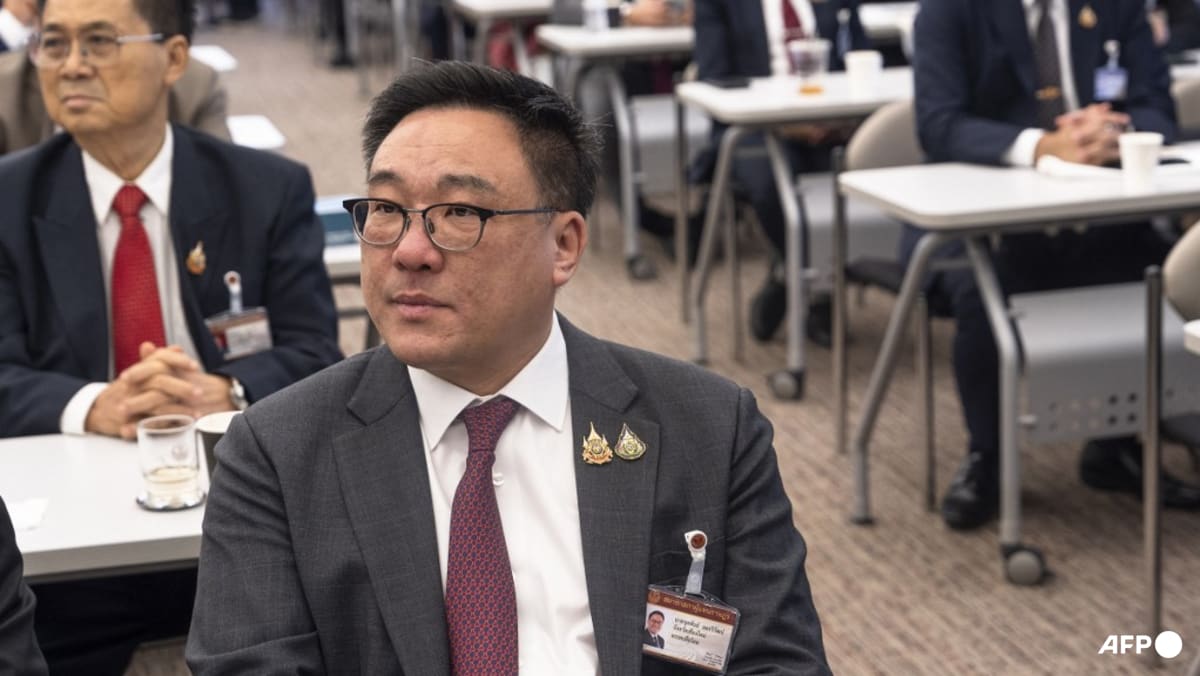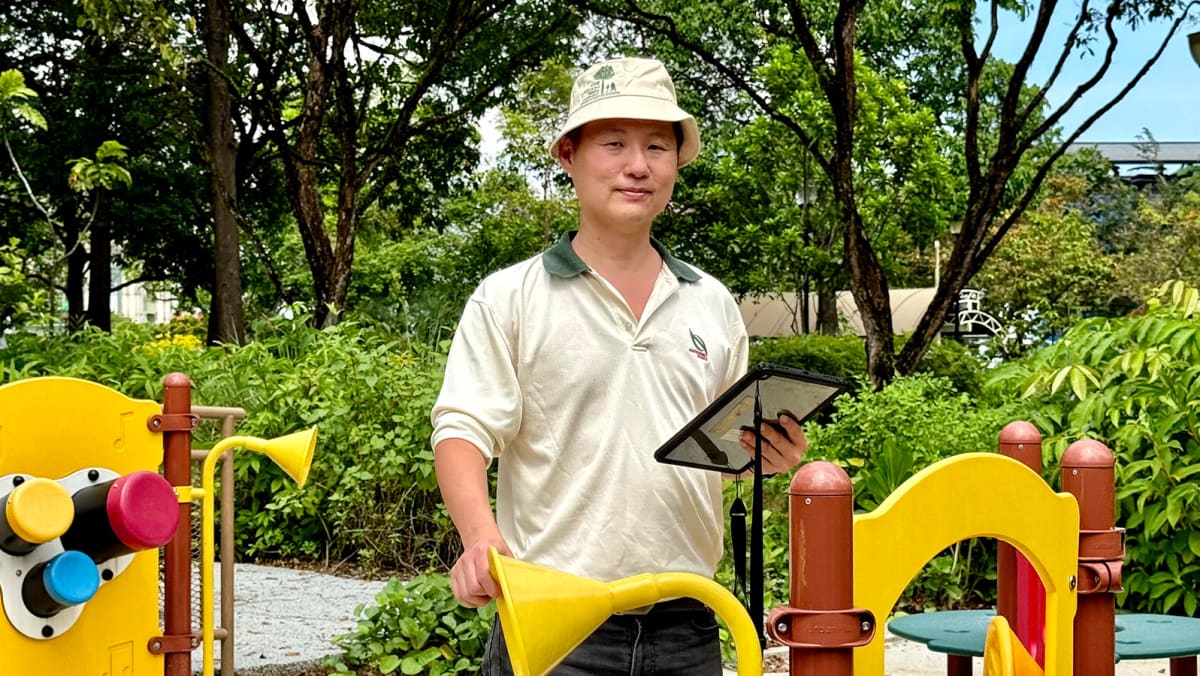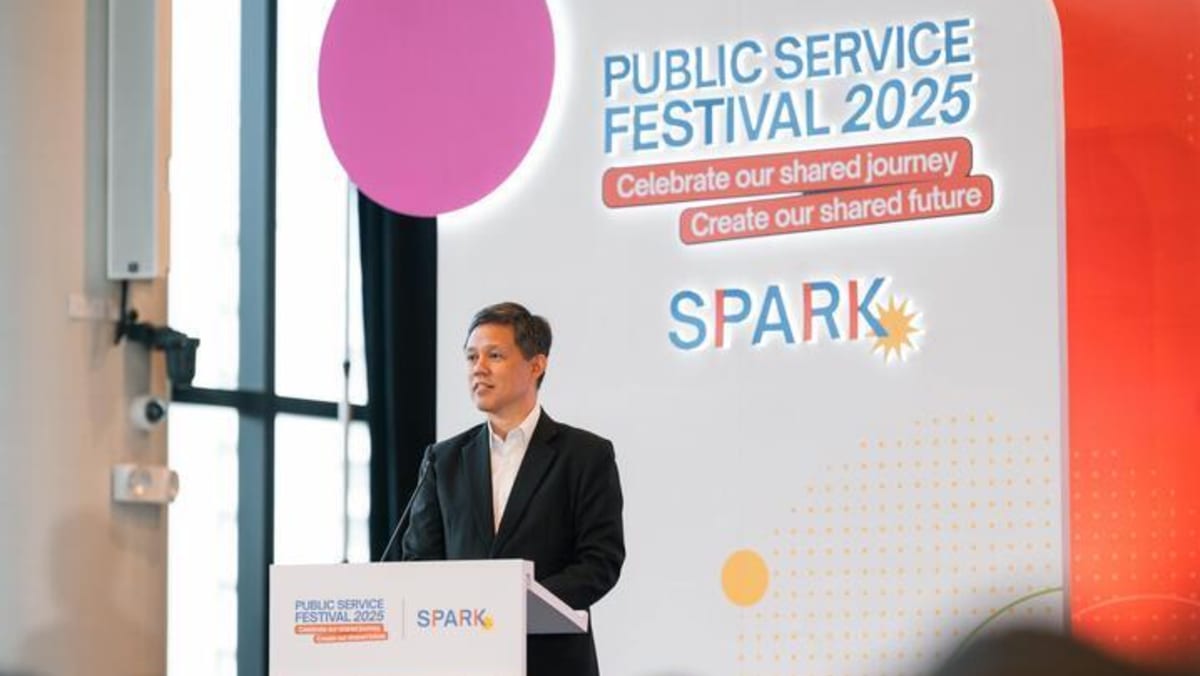The global push to reskill 1 billion people by 2030 has underscored the urgency of rethinking how people learn. This theme set the tone for the fifth Applied Learning Conference (ALC), held in early July, where the Singapore Institute of Technology (SIT) convened close to 700 educators, policymakers and business leaders at its new Punggol Campus to explore the evolving role of higher education and its impact on building a future-ready workforce.
Speakers including JTC CEO Jacqueline Poh, strategist and author Kelly Palmer and NTUC’s assistant secretary-general Patrick Tay – alongside international experts from Ireland, Germany and Australia – stressed the need for agile, skills-first learning ecosystems.
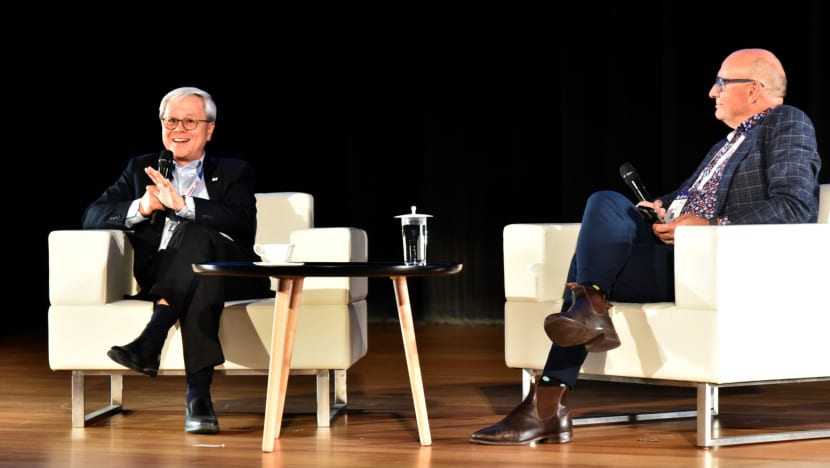 SIT is building a system where people can pick up the skills they need and immediately apply them at work, says Prof Chua Kee Chaing (left), president of SIT.
SIT is building a system where people can pick up the skills they need and immediately apply them at work, says Prof Chua Kee Chaing (left), president of SIT.
The event highlighted SIT’s applied learning model – built around real-world projects, industry collaboration and modular pathways – as one approach that supports Singapore’s efforts in preparing its workforce for change. “We’re building a system where people can pick up what they need, when they need it – and immediately apply it at work,” said Professor Chua Kee Chaing, president of SIT, in a fireside chat with Emeritus Professor Martin Betts, HEDx’s CEO.
TRAINING FOR REAL-WORLD OUTCOMES
Established in 2009 to offer applied degree pathways for polytechnic graduates, SIT became an autonomous university in 2014. Since then, it has developed programmes grounded in work-integrated learning and strong ties with industry.
Today, the university is moving towards a modular approach rooted in competency-based education (CBE), where learners are assessed based on what they can do, with less emphasis on time spent in the classroom. The aim is to develop skills that reflect shifting industry demands.
Short, targeted modules known as micro-credentials form the building blocks of SIT’s stackable programmes for adult learners. These certify specific competencies and can be accumulated over time towards full qualifications. “It’s about training for tasks that are needed in the workplace, rather than just covering broad academic content,” said Prof Chua.
He noted that businesses move quickly and expect graduates to contribute from day one. “Because enterprises can’t afford to spend a year getting someone job-ready, we want SIT graduates to hit the ground running,” he said. “Our extended internships help – one in two now receives a job offer during their attachment.”
SIT’s CBE programmes – including the Bachelor of Engineering (Honours) in Electrical and Electronic Engineering and the Bachelor of Engineering (Honours) in Infrastructure and Systems Engineering – feature hands-on assessments tied to workplace tasks. This approach is central to the university’s strategy for closing the global skills gap.
Ms Palmer, co-author of The Expertise Economy, cited an example of the disconnect between technological change and workforce readiness. Speaking at ALC, she noted: “While 70 per cent of companies are investing in artificial intelligence (AI), only 20 per cent of workers feel prepared [to use this technology].”
She also pointed to the flood of credentials in the global market. “There are over 1.1 million credentials available worldwide, but only 12 per cent lead to significant wage gains. Employers are increasingly seeking credentials that carry real value,” she said, adding that today’s in-demand skills include AI literacy, process optimisation and large language model development.
HOW SIT IS BUILDING A UNIVERSITY FOR INDUSTRY
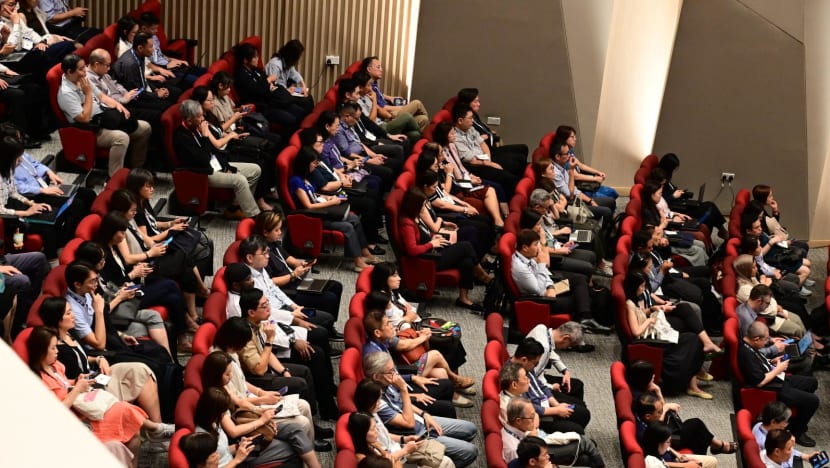 SIT seeks more partners to co-develop programmes, co-train talent and co-create solutions.
SIT seeks more partners to co-develop programmes, co-train talent and co-create solutions.
SIT’s focus on skills-backed credentials extends to its Continuing Education and Training (CET) programmes, developed with industry partners to support working adults and respond to evolving job demands.
One example is a collaboration with SP Group to train electrical workers in smart grids and digital power systems – with content aligned to job requirements and structured to accommodate full-time employment. It exemplifies how applied learning can address both industry demands and the realities of working professionals.
These efforts are part of SIT 2034, the university’s roadmap to becoming a “university for industry” through partnerships that shape education, research and enterprise. “As a university that works closely with industry, we share responsibility from the start – rather than train students in isolation and hand them over later,” said Prof Chua.
A CAMPUS DESIGNED FOR APPLIED LEARNING
To support its applied learning model, the SIT Punggol Campus functions as a live teaching and research environment. Its new Living Lab Network (LLN) connects over 20,000 Internet of Things sensors across smart building, energy and cybersecurity systems.
These systems generate real-time data that students can use for coursework and applied research. Engineering students might analyse energy use, while cybersecurity students can model live threats. Companies, in turn, can test technologies in real-world conditions. “The LLN allows us to embed applied learning into every part of our teaching,” explained Prof Chua. “In tandem, it enables our partners to test new ideas and drive innovation.”
Collaborations are already underway. SIT is partnering with NEC Asia Pacific on the LLN’s infrastructure, supporting both applied research and talent development. It is also working with Hitachi to explore how the LLN can facilitate district-level energy optimisation and drive the adoption of renewable energy in green buildings, including data centres.
As SIT strengthens its role as Singapore’s university for industry, it is inviting more partners to co-create programmes, co-train talent and co-develop solutions. Companies and training providers can work with SIT to customise learning, shape curricula and pilot technology through the LLN.
“We’re here to work with those who want to build a skilled, confident and job-ready workforce – not just produce credentials on paper,” said Prof Chua.
Find out more about partnership opportunities with the Singapore Institute of Technology.






